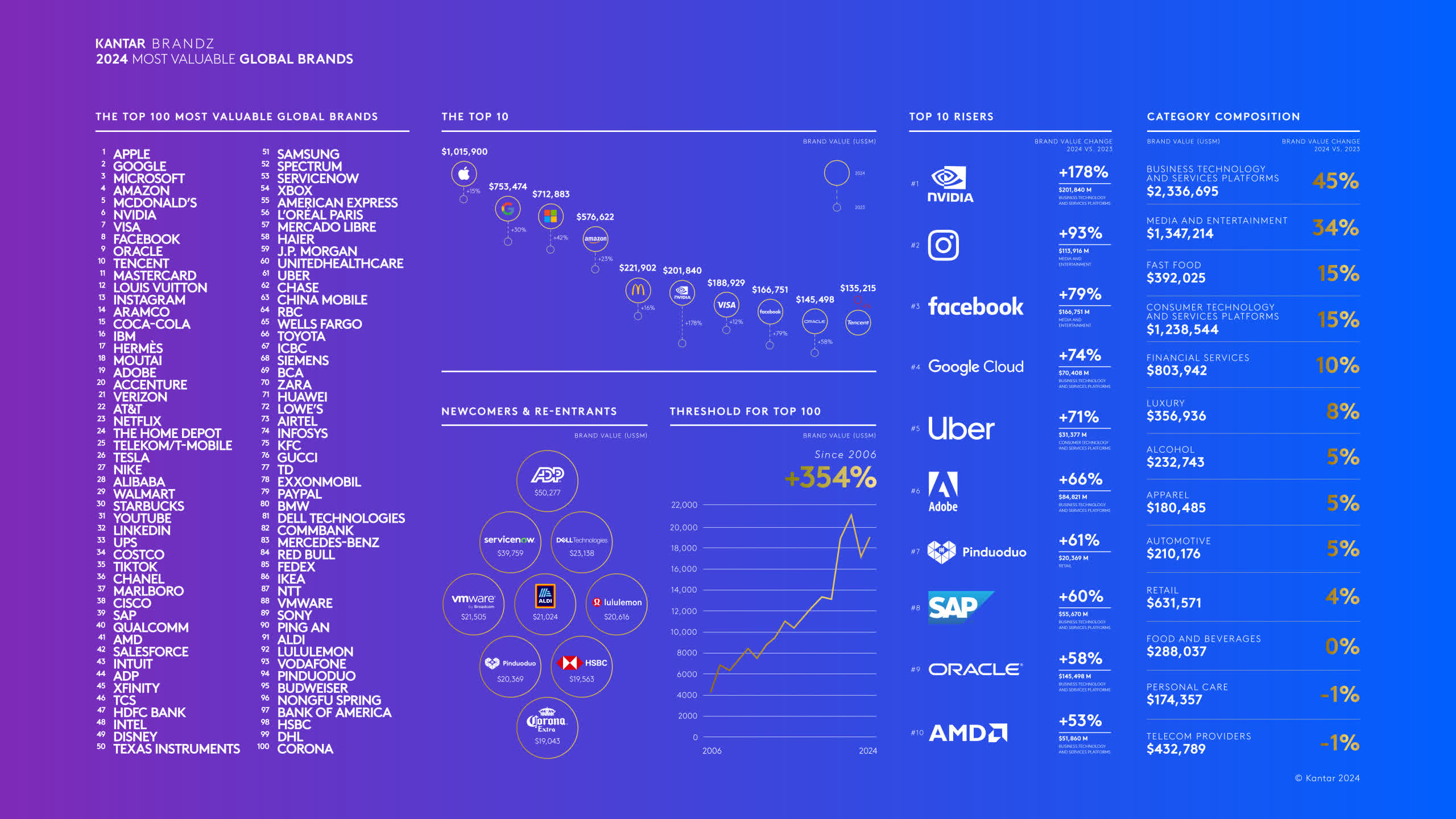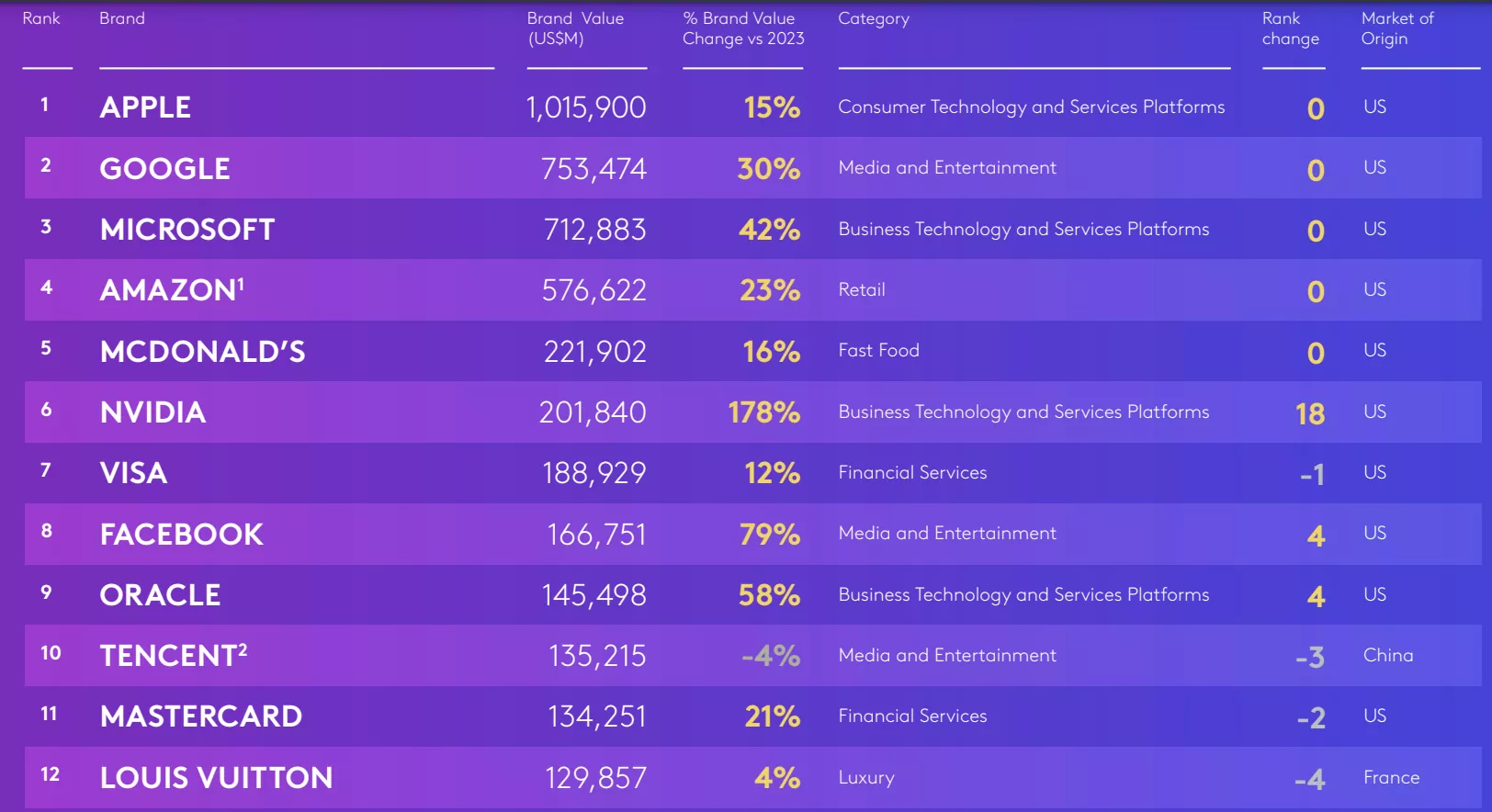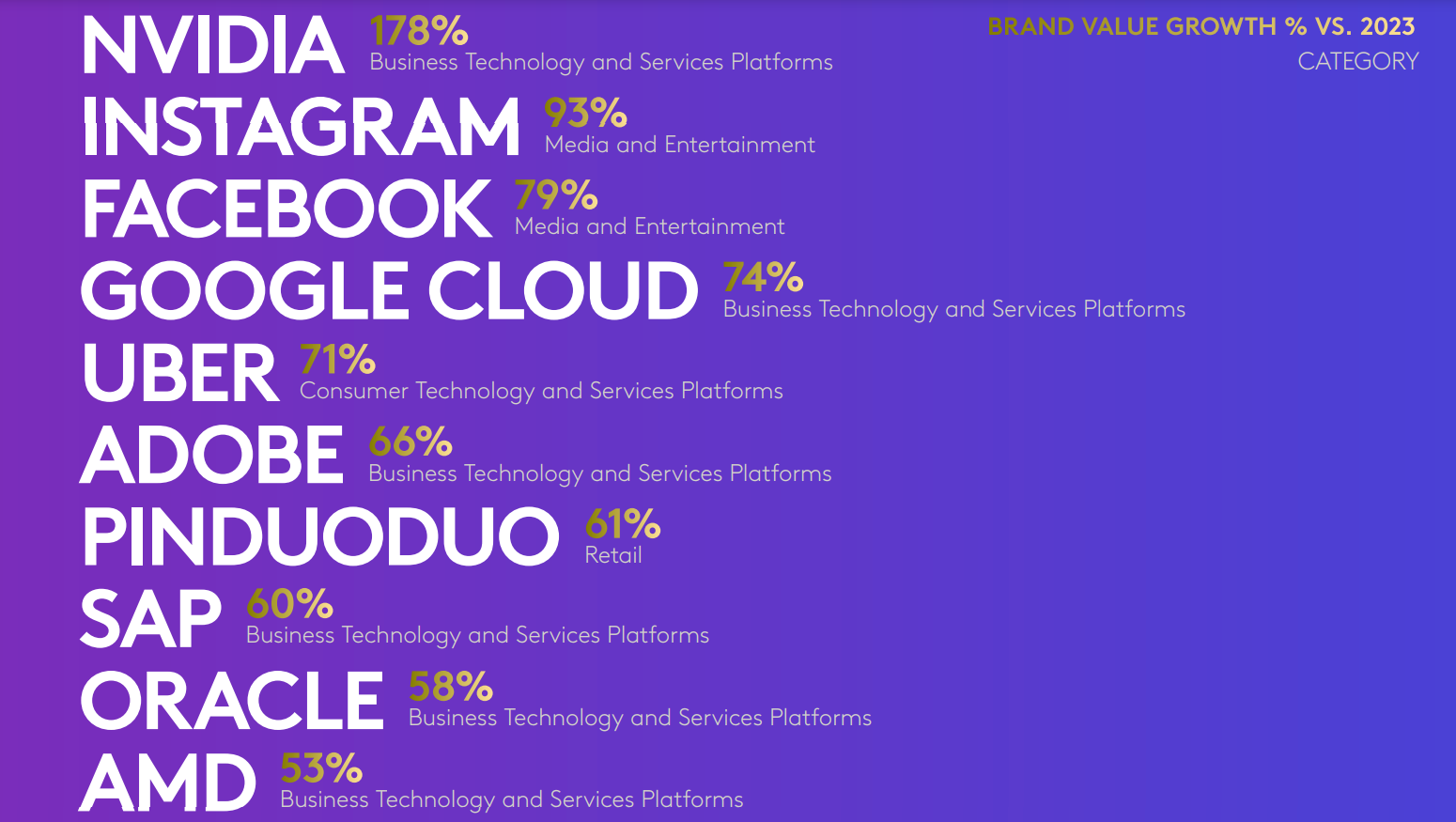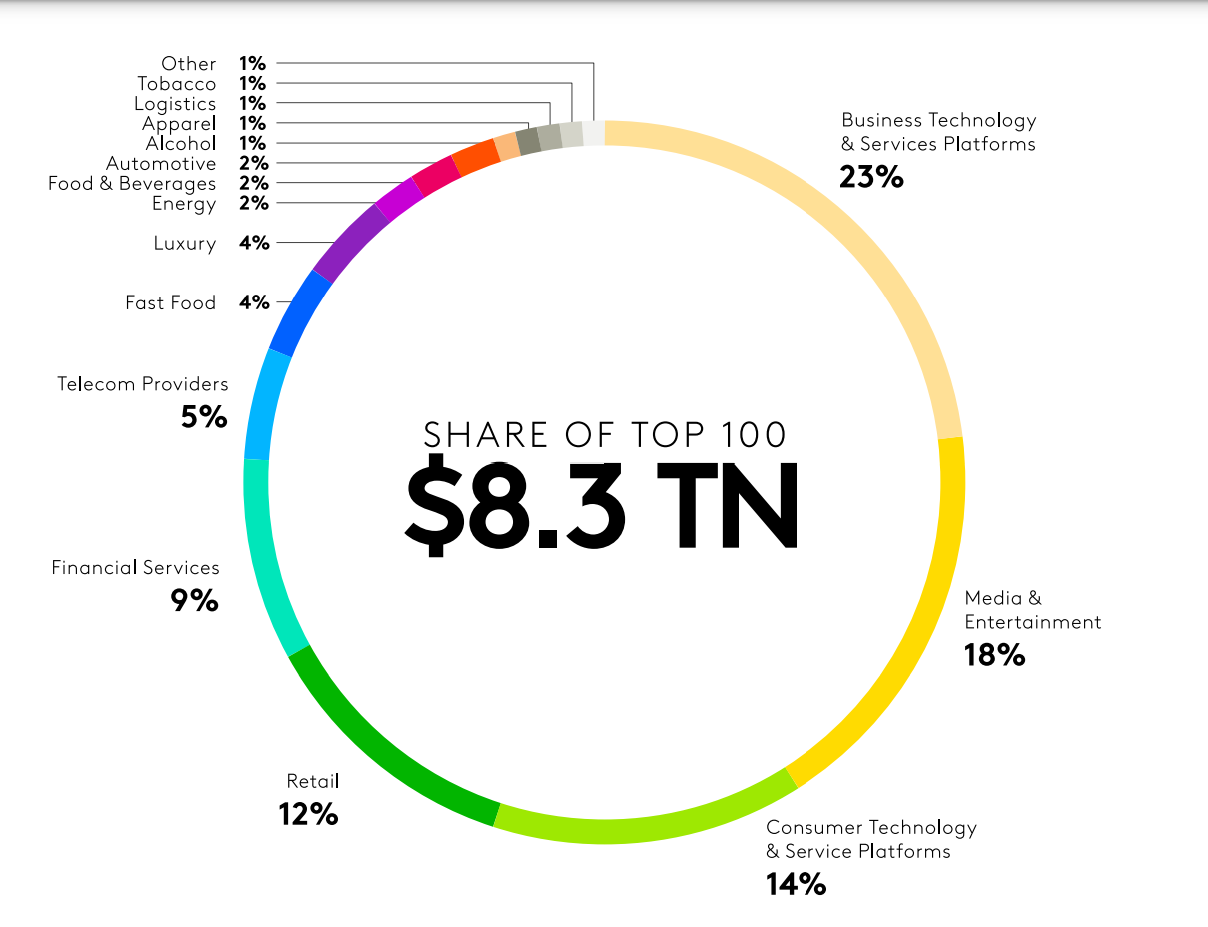In brief: It's hard to believe now, but not too long ago, only a few people outside of technology fans and gamers were familiar with the name Nvidia. Thanks to the AI boom, the company has become one of the most valuable global brands in the world. The tech revolution has also seen rival AMD's brand value climb, rising above Intel, Disney, Samsung, and Xbox.
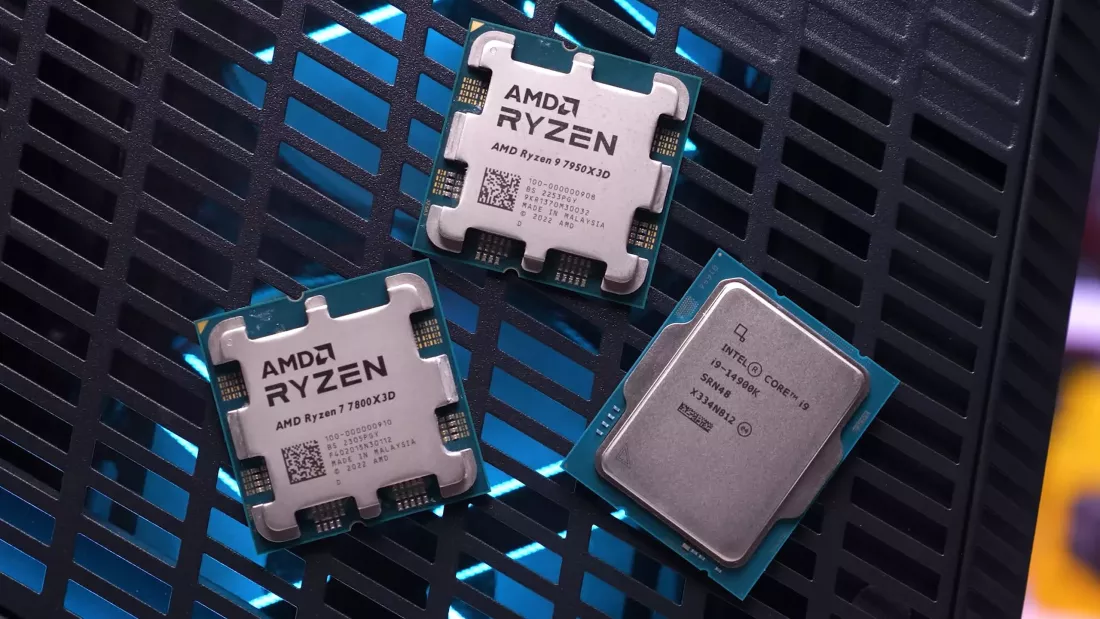
The Kantar BrandZ Most Valuable Global Brands for 2024 report notes that the total value of the top 100 most valuable brands has risen 20% year-on-year. Unsurprisingly, much of the increase is credited to the world's top tech companies, which contributed $1.2 trillion of the Top 100's $1.4 trillion annual growth.
Kantar BrandZ works out a brand's value by multiplying its financial value by its brand contribution. The contribution part is defined as the proportion of financial value generated by the brand's ability to increase purchase volume and charge a premium.
Click to enlarge
Apple has been crowned the world's most valuable brand in 2024 ($1.015 trillion), marking the third year in a row that Cupertino has taken the crown. Its value increased by 15% to become the first brand in history to surpass a $1 trillion total brand valuation.
Top 12 brands
Sixth-place Nvidia saw the largest increase in YoY brand value, rising 178% and jumping 12 places to $201.8 billion. Tech giants made up the majority of the 'Top Risers' list, with Instagram, Facebook, and Google Cloud behind Nvidia.
AMD also shot up this year, by 53% to $51.86 billion. Team Red sits in 41st place on the table, seven places above Intel ($42.9 billion) and higher than 51st-place Samsung ($40 billion) and 54th-place Xbox ($39.7 billion).
Biggest risers of 2024
The total brand value of all 100 companies this year is $8.3 trillion, with 23% of that amount coming from the Business Technology and Service Platforms. The category is now valued at $2.336 trillion, a 45% YoY increase. It's followed in second place by Media and Entertainment, up 34% YoY to $1.34 trillion.
The $8.3 trillion total value of all brands is the second-highest since the first report in 2006 – only the $8.7 trillion in 2022 was higher.
AMD's brand is now more valuable than Intel, Samsung, and Xbox, but Apple still reigns as king
